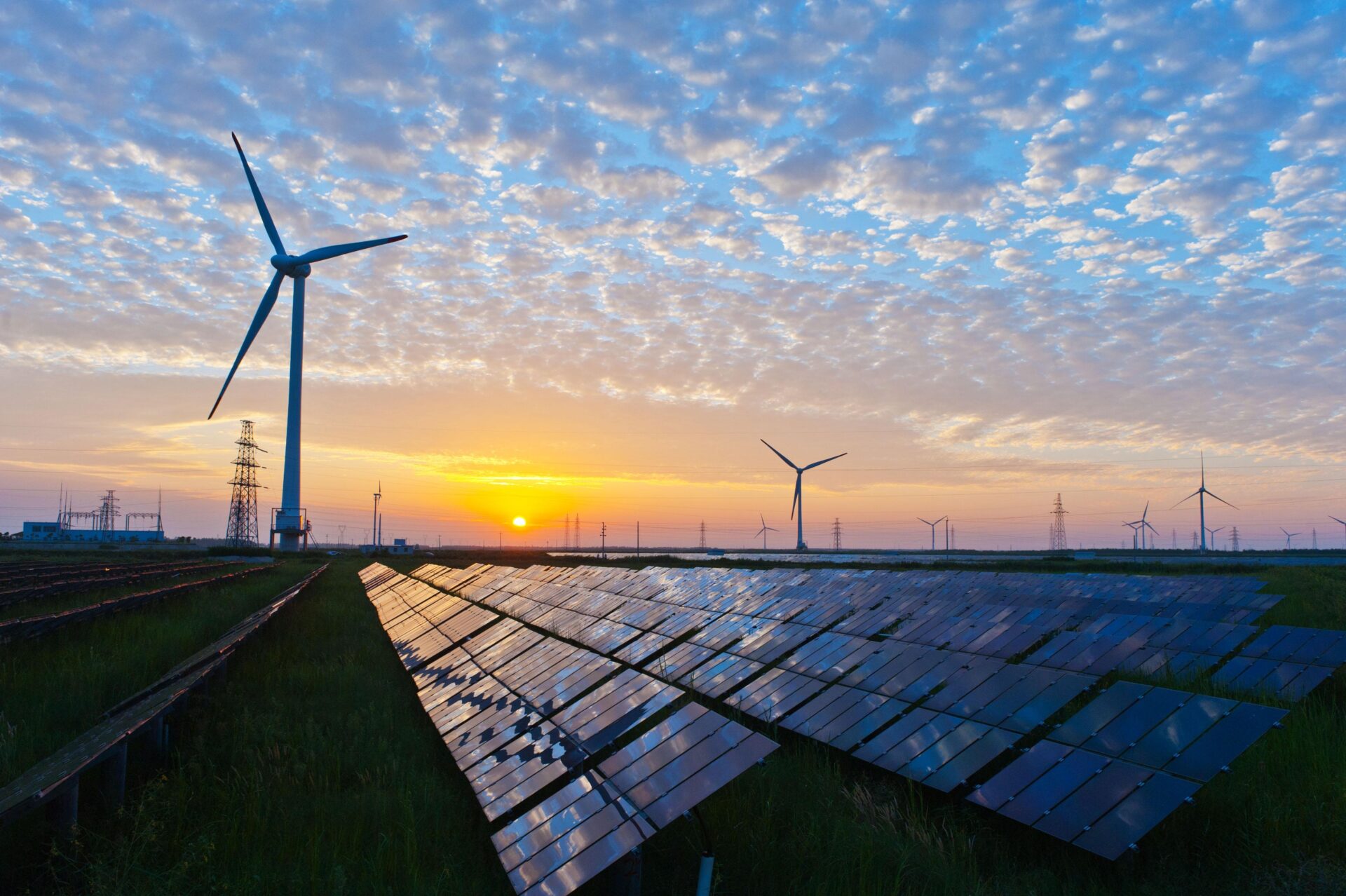The Spring Memorandum is in the House of Representatives and that means that the discussion about the national debt and the government's spending is going to be held again. A change of course is underway, because after years of spending, the Netherlands is forced to make cuts. In fact, the cabinet is facing some significant setbacks. For example, the cabinet is now supporting Ukraine for more than a year and the higher asylum influx is causing budgetary setbacks. In response to inflation, central banks have raised their policy interest rates, leading to higher interest expenditure. Also, in response to the conclusions of the parliamentary inquiry into gas extraction in Groningen, money is being allocated to do justice to affected residents in the earthquake areas. A somber message, yet Climate and Energy Minister Rob Jetten has presented an ambitious plan to meet the climate goals for 2030 and 2050. His additional climate package was presented simultaneously with the Spring Memorandum. The timing of the publication implied a link to the Spring Decision. However, the focus of the proposed burden measures is in the period after 2024 (toward 2030). To the extent that measures will come into effect in 2024, they will be included in the August 2023 decision-making process, when the Cabinet will decide on the 2024 burden picture. Little of the additional climate plans have yet been incorporated into the just-published Spring Memorandum. In that respect, we can expect more from the Budget Day pieces in September 2023.
Clarity about the burden picture and cuts is therefore still some time away. In the meantime, Rob Jetten can continue with his additional climate package, because of a well-filled savings pot: the Climate Fund of €35 billion. This fund will supplement the current Sustainable Energy Subsidy Scheme (SDE++) for the next 10 years. The fund should help build the necessary energy infrastructure (electricity, heat, hydrogen and CO2), realize green industrial policies and make mobility and the built environment more sustainable. The additional climate package and its measures will largely be paid for through this Climate Fund, meaning that Jetten's piggy bank will escape Kaag's cheese slicer.
With Jetten's package, the Netherlands is making up the necessary ground to close the CO2 reduction gap revealed by the most recent Climate and Energy Outlook. The measures should guarantee that the joys and burdens are shared as fairly as possible and strengthen the green economy of the future. The measures will provide an additional emissions reduction of approximately 22 megatons, meeting the 55%-60% CO2-emissions in 2030 compared to 1990 is expected to be met. The government emphasizes the feasibility of measures and wants everyone to be able to participate in the transition. To provide this, the government is taking measures to better support vulnerable groups. The government also opts for measures that strengthen the future, sustainable earning capacity of the Netherlands. After all, that is where opportunities lie for companies to lead the way: with sustainable products, circular production processes or with innovative, climate-friendly applications - the earning models of the future.
The measures with a price tag of €28.1 billion
The electricity sector is CO2-free. To achieve this, the cabinet wants to realize 3 gigawatts of solar energy at sea by 2030, gas power plants will be converted for the use of hydrogen and a battery obligation will be introduced for solar parks. The energy-intensive industry must be net climate neutral by 2040, the European Emissions Trading System will ensure this. This package requires industry to make an additional contribution. To achieve this, new energy sources and carriers (such as hydrogen) are being scaled up, among other things. The government is also committed to less incineration and more recycling at waste incineration plants, and is introducing a ban on fossil heat generation for new and to-be-replaced industrial production facilities. To accelerate the transition to a circular industry, from 2027 onwards all plastics must consist of at least 25 to 30% recycled or biomaterial. The government is also raising the ambition level of the customized agreements so that more emissions are reduced at the largest emitters through this route.
Furthermore, by 2050 all buildings must be emission-free and natural gas-free. In order to achieve this goal, in the coming years the Cabinet will allocate extra money to make homes in vulnerable neighborhoods where energy poverty is prevalent more sustainable, and the Cabinet wants to use subsidies to encourage more solar panels on rental homes. By setting standards, the cabinet encourages morebio-based construction. For business parks and SMEs, the cabinet is developing a targeted de-care approach. Money is also allocated for mobility. After all, by 2050 this sector must be climate neutral. The cabinet wants the share of electric cars for work travel to grow. Employers are stimulated to encourage the use of electric cars, public transport, or bicycles by employees. To make electric driving quickly attractive to a large group of Dutch citizens, the government is subsidizing the purchase of a used electric car. At the same time, the government is investing in additional charging infrastructure for electric vehicles, so that a faster rollout of electric driving is actually possible in city and region.
Nor is agriculture being left out. Indeed, the Cabinet is committed to sustainable agriculture in 2050. To this end, the government is taking a single integrated approach in which the challenges in the areas of climate, environment, water and nitrogen are addressed through the Agricultural Agreement and the National Rural Area Program. With this, the task of 5 megaton CO2-reduction by 2030. The government has also reached agreements with the sector on accelerated sustainability of greenhouse horticulture through the introduction of a CO2-tax in combination with the rollout of heat networks and subsidies (SDE++) for the application of heat pumps.
In addition to new plans, existing tax measures will also be adjusted to reward people who contribute to the transition to a climate-neutral Netherlands. The energy tax will be adjusted so that sustainability pays off and polluters pay more. There will be a new reduced rate for part of the gas consumption of households and a separate tax rate for hydrogen, which is lower than the rate for gas. The cabinet will abolish the tax benefit for coal by January 1, 2028, and will propose in the Budget Memorandum whether, and if so how, remaining tax exemptions for fossil energy can be phased out.
What next?
Most of the additional climate measures are therefore not yet budgeted for in the Spring Memorandum 2023, but are presented numerically in the Spring Memorandum to give as complete a picture as possible. Budgetary processing and authorization by the House of Representatives will take place at a later date. Only after that authorization will the expenditures actually have a place in the budget. Discussion in the House of Representatives on this Spring Memorandum will take place soon. After asking factual questions, a plenary debate will take place on June 8. The additional climate package is also fodder for discussion in the House of Representatives. With broad coalition and opposition support for Kröger's (GroenLinks) proposal, there will be a plenary debate on this additional package. Kröger has also indicated she will request a technical briefing at the next procedural meeting of the Standing Committee on Economic Affairs and Climate (May 16) in preparation for the plenary debate. D66 will request a factual round of questions during this procedural meeting. The ambitions are high, but fine words alone will not get us there. The question now is how all these measures will be worked out. This will have to be done together and in consultation with the various sectors. The piggy bank may be packed; you can only spend money once.


